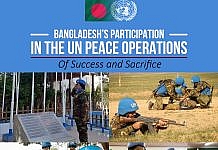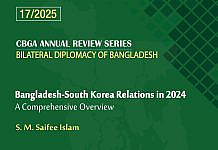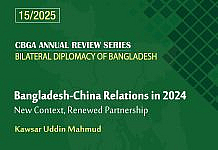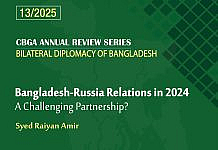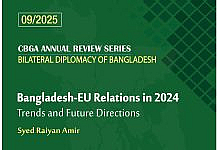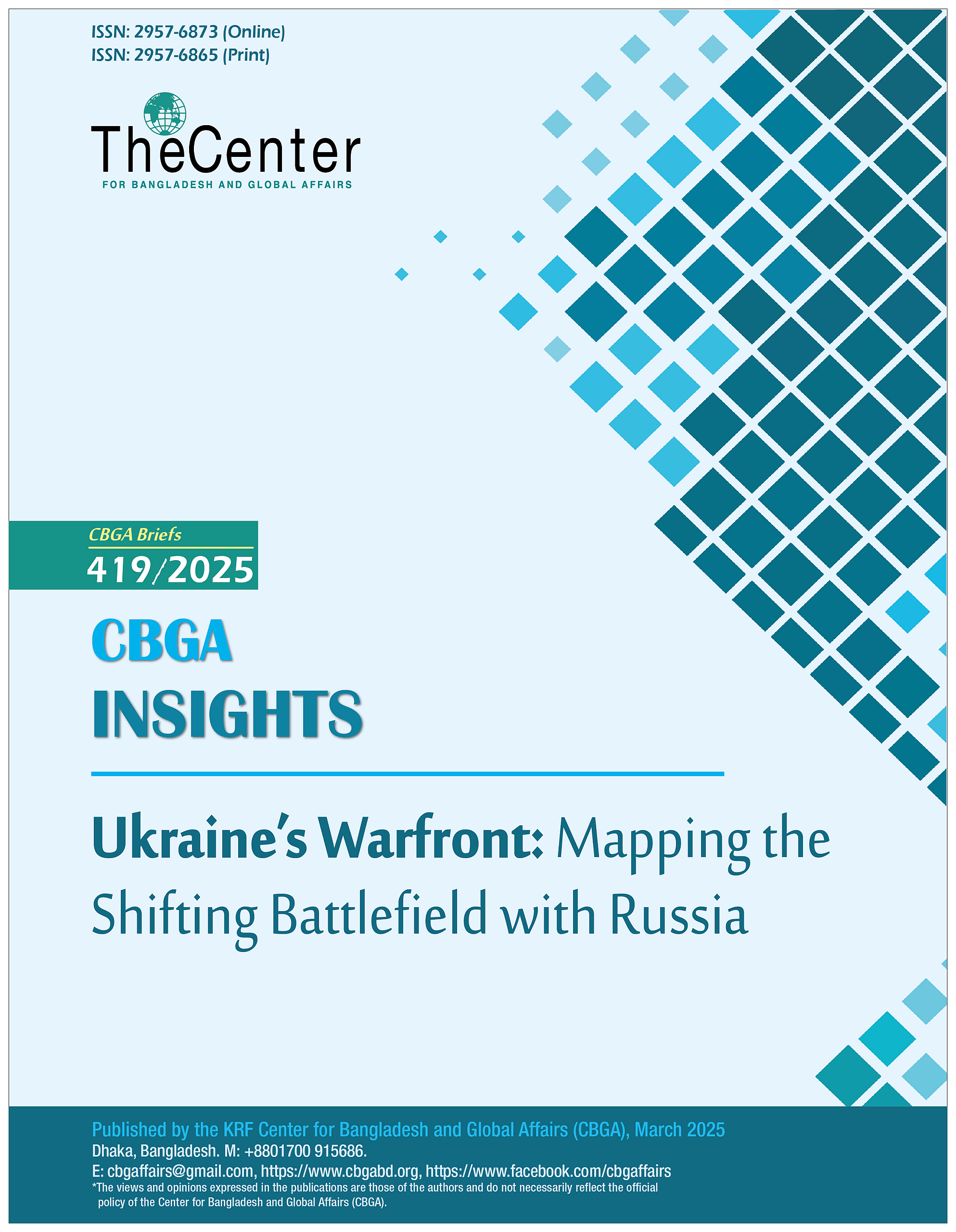
The War’s Progression: Three Years of Intense Conflict
Since the war in Ukraine has witnessed three years, fighting has remained relentless, particularly in eastern Ukraine. Over the past year, Russian forces have steadily expanded their territorial control, with incremental advances in the Donbas region. As global diplomatic efforts continue, US President Donald Trump has been actively advocating for an end to hostilities since assuming office in January. A 30-day ceasefire has been agreed upon by Ukraine, while Russian President Vladimir Putin has expressed conditional support, citing unresolved issues that require further discussion.
Russian Gains in Eastern Ukraine
Russia’s military strategy in eastern Ukraine has involved a slow but methodical advance, particularly in Donetsk, Kharkiv, and Odesa. The Russian army has leveraged its numerical advantage, employing waves of soldiers to capture small sections of land. According to Ukrainian military intelligence, approximately 620,000 Russian troops are currently deployed in Ukraine and the neighboring Russian region of Kursk.
Recent months have seen intensified fighting, with Russian troops capturing the town of Kurakhove before progressing toward Pokrovsk. However, Ukrainian forces have effectively utilized innovative tactics, combining drone strikes with ground assaults, resulting in heavy Russian casualties and equipment losses. Despite these defensive successes, Russia has advanced approximately 40 kilometers westward in the past year, compelling Ukrainian forces to withdraw from Avdiivka in February 2024 after prolonged resistance. The town, once home to over 30,000 people, is now largely deserted and devastated.
Russian Incursion Near Kharkiv
In addition to operations in the east, Russia launched a significant offensive in May 2024 north of Ukraine’s second-largest city, Kharkiv. The Institute for the Study of War (ISW) characterizes this as a “subordinate main effort,” as Russian forces crossed the international border and seized several villages. The offensive coincided with a four-month period during which US military aid to Ukraine had stalled due to Congressional gridlock, which was only resolved in April 2024.
Despite relentless aerial bombardment from glide bombs, Ukrainian forces successfully defended Kharkiv, preventing Russian artillery from reaching the city. The battle for this region remains ongoing, with Russian forces seeking to maintain and expand their foothold near the border.
Ukraine Suggests a Territory Swap
The battle for eastern Ukraine has been ongoing since 2014 when Russian-backed separatists seized large portions of Donetsk and Luhansk, following Russia’s annexation of Crimea. US President Trump has publicly stated that it is improbable for Ukraine to regain all pre-2014 territory but suggested that “some of that land will come back”.
A new development emerged in February 2025 when Ukrainian President Volodymyr Zelensky proposed a potential territorial exchange. During an interview with The Guardian, he hinted that Ukrainian-controlled land in Russia’s western Kursk region—seized in a surprise cross-border attack in August 2024—could be swapped in negotiations. Ukrainian forces had advanced up to 30 kilometers into Kursk, securing over 1,200 square kilometers of land and 93 villages before facing Russian counterattacks.
However, by March 2025, Putin declared that Russian forces had reasserted control over the region, with Ukrainian troops retreating. The commander of Ukraine’s armed forces, Oleksandr Syrsky, later acknowledged strategic withdrawals. Meanwhile, Russia has continued pressing into Ukraine’s Sumy region, with fierce fighting in the city of Sudzha. Russian forces have severed Ukraine’s access to the critical Sudzha-Sumy highway, impacting Ukrainian military logistics.
Prospects for a Ceasefire
The US administration has pressured Russia to adhere to a 30-day ceasefire proposal formulated in coordination with Ukraine. Trump has warned of potential consequences should Moscow reject the agreement. Concurrently, Washington has resumed military aid and intelligence-sharing with Kyiv.
President Zelensky remains optimistic about progress toward a ceasefire, stating that Ukraine is “determined to work as quickly as possible” with international partners to secure peace. Putin has responded by agreeing in principle but insists that deeper discussions are necessary to ensure a lasting resolution. The Russian leader has raised concerns about monitoring mechanisms and the sustainability of any ceasefire agreement.
The War’s Evolution Since 2022
Russia’s full-scale invasion began on February 24, 2022, with an extensive missile assault targeting Ukrainian cities before dawn. Ground troops swiftly moved in, capturing vast territories across eastern and southern Ukraine, reaching the suburbs of Kyiv. Initial Russian offensives also struck Kharkiv and extended southward to Kherson and Mariupol.
However, Russian advances met stiff Ukrainian resistance, coupled with logistical failures that resulted in supply shortages and declining troop morale. Western-supplied weapons, such as the NLAW anti-tank system, proved highly effective in repelling Russian advances. By October 2022, the situation had shifted dramatically—Russian forces withdrew from northern Ukraine, abandoning their efforts to seize Kyiv. A month later, Ukrainian forces successfully retook Kherson.
Since late 2022, the primary battleground has been in eastern Ukraine, where Russia has adopted a slow but steady approach to territorial expansion. The UK Ministry of Defence estimates that at least 70,000 Russian troops have been killed, with total Russian casualties—including wounded personnel—surpassing 500,000.
As the conflict enters its fourth year, military dynamics continue to evolve. The proposed ceasefire offers a potential pause in hostilities, but significant political and military challenges remain. The coming months will determine whether peace efforts succeed or whether the war continues to grind forward with high human and strategic costs.
– Syed Raiyan Amir is a Senior Research Associate at the KRF Center for Bangladesh and Global Affairs (CBGA).


